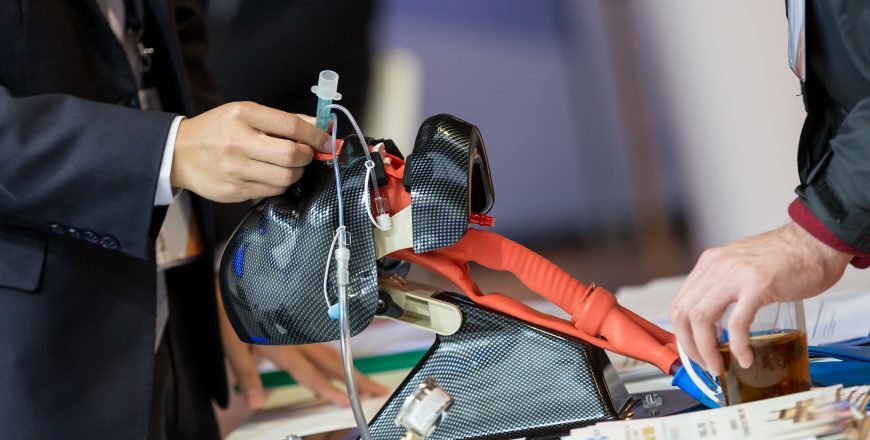Oral Intubation
Introduction:
Hello and welcome to this instructional video on oral endotracheal intubation.
As always, please feel free to pause the video and take notes as needed.
The purpose of this video is to provide a visual guide for the proper doing oral endotracheal intubation.
In this video, we will be demonstrating the proper technique for oral endotracheal intubation, including the equipment needed and step-by-step instructions.
Equipment needed:
Endotracheal tube
Laryngoscope handle and blade
Syringe.
Suction device
Oxygen source and tubing
Stethoscope
Procedure:
Patient positioning:
Proper patient positioning is crucial for successful intubation.
We will be placing the patient in a modified ramp position to optimize visualization of the larynx.
This involves slightly elevating the head of the bed and extending the patient’s neck or using a special pillow.
The patient’s head should be in a neutral position with the ears tragus in line with the sternum.”
Step 1: Preparation
Gather all equipment and place it within reach.
Explain the procedure to the patient and obtain their consent.
Position the patient in the semi-Fowler’s position and ensure their airway is clear.
Open the endotracheal tube package and attach the oxygen source to the end of the tube.
Additionally, we have the medications used for anesthesia induction and muscle paralysis, as well as the syringes and needles needed to administer them.”
Step 2: Laryngoscope insertion
Pick up the laryngoscope handle with your dominant hand and the blade with your non-dominant hand.
Open the patient’s mouth and insert the blade along the floor of the mouth, pushing the tongue to the side to visualize the larynx.
Insert the endotracheal tube through the vocal cords and into the trachea.
Step 3: Tube confirmation
Listen for breath sounds with a stethoscope and verify equal breath sounds bilaterally and observe for chest rise and fall.
Additionally, you can check the end-tidal CO2 reading on the monitor.
Secure the endotracheal tube with tape or an endotracheal tube holder.
Step 4: Ongoing care
Continuously monitor the patient’s breathing and adjust the oxygen flow as needed.
Keep the patient’s head in a neutral position and avoid turning the neck to one side.
Use a suction device to keep the patient’s airway clear.
Conclusion:
And there you have it, a step-by-step guide to oral endotracheal intubation. It’s important to remember to always prioritize patient safety and follow proper technique when performing this procedure.
Thank you for watching and we hope you found this video helpful.
For any question, please visit: https://damsociety.com/

